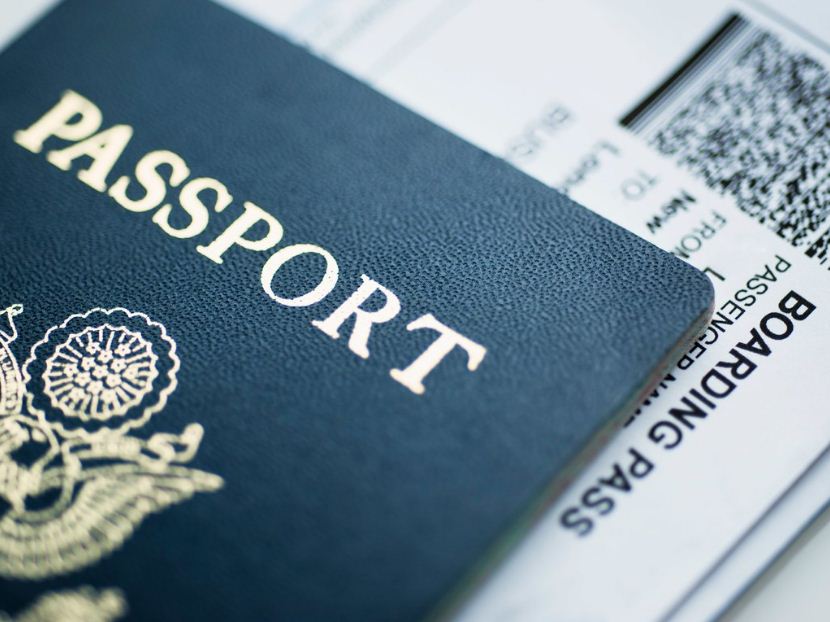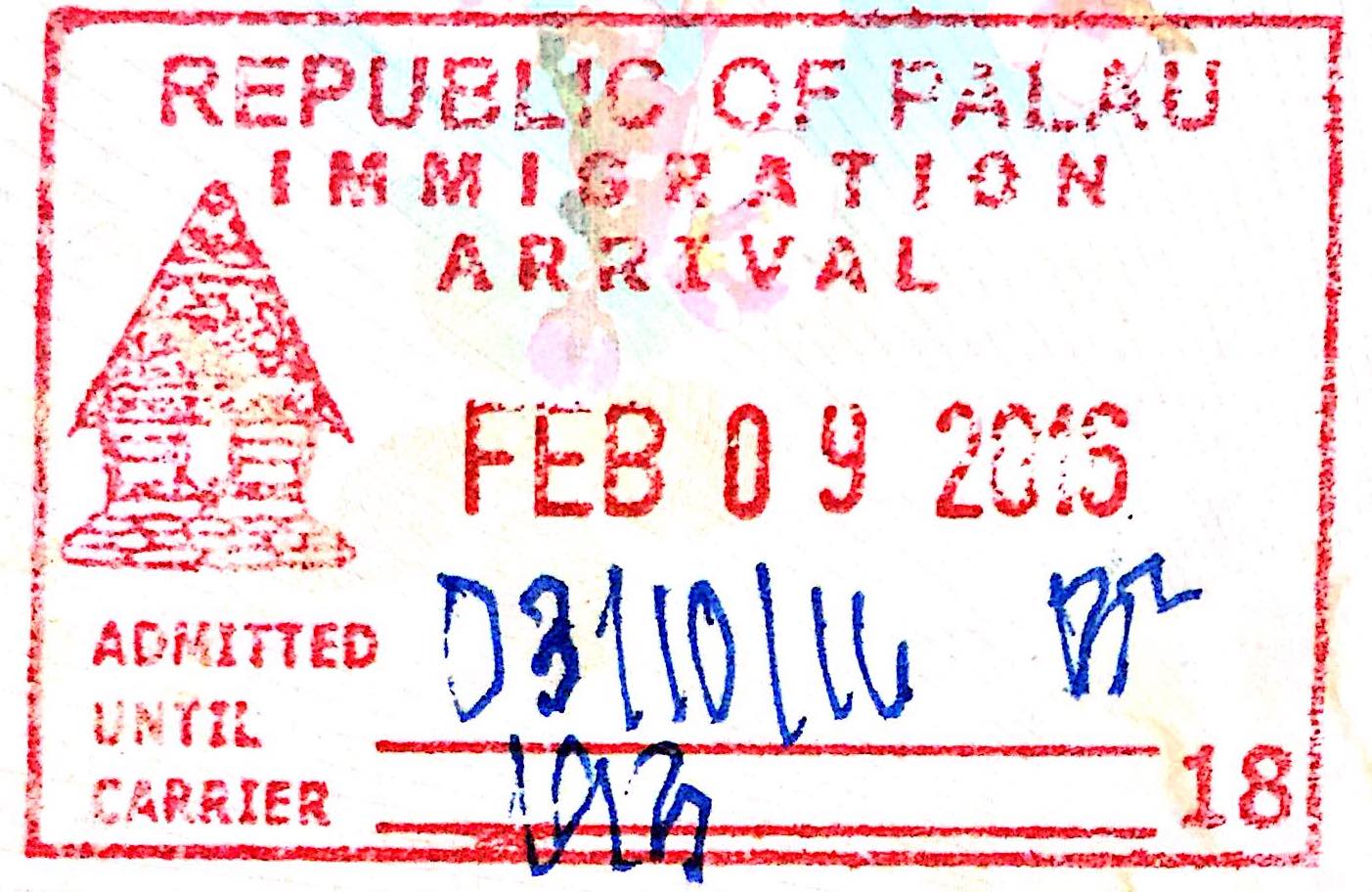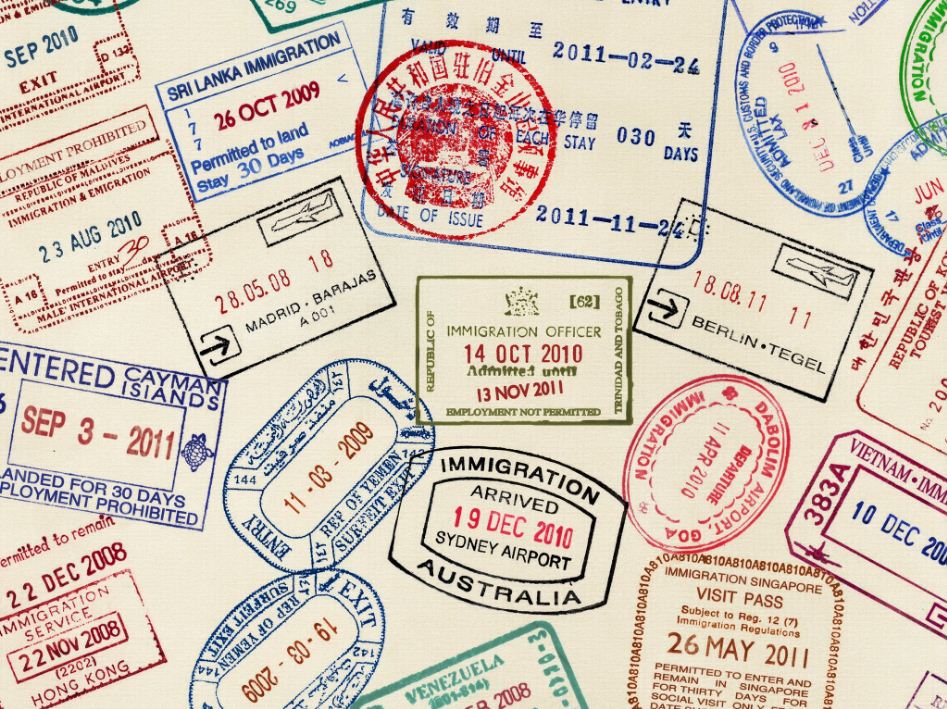It’s precious cargo, but there are easy ways to avoid losing or damaging your passport. And those pickpockets won’t stand a chance.
- 5 passport mistakes you should never make
- China requirements for entry: China travel entry requirements, Visa, Regulations, Tips & MORE
- Malaysia tourist entry requirements: The latest Immigration regulations, tips & MORE
- The LATEST New Zealand Travel Entry Requirements: Custom Regulations, Tourist Visa Requirements & MORE
- The LATEST Singapore Travel Entry Requirements: Custom Regulations, Tourist Visa Requirements & MORE
What passports lack in size, they more than make up for in stature. With them, we board planes, trains, and ships, and cross borders (mostly) freely—after all, a U.S. passport alone allows visa-free entry to 174 countries. Here’s how to make sure your passport stays protected when you travel.

Have two (or three, or four) copies
Let’s rewind. Before you even head out on your trip, you should make multiple copies of your passport: Copy the page that has your photo and full name on it, and keep these copies in separate places—at the bottom of your bag in different pieces of luggage, or even with different people who may be traveling with you. Leave one copy of your passport at home, with coworkers if on a work trip, and to take extra precautions, leave one with an emergency contact. (In the odd chance that you need to replace your passport, have photos at the ready and bring extras with you, too.)

Lock it up
No matter how nice your hotel may be, it pays to get into the habit of storing your passport in the safe. If there is no safe in your room, ask the front desk if they have a safe in which you can store the document. If all else fails—and you’re staying in an Airbnb, hostel, or something you found on a private accommodations site—secure your bag with a travel lock.

Hide it

When traveling, keeping your passport concealed is almost a no-brainer, but of course, we don’t just mean just carrying it in your pocket and hoping it stays out of sight. Instead, look for a flat money belt, which can be worn around your waist and neck and concealed under your clothing. If you’re looking for something a bit more comfortable, try a travel wallet or passport cover. Both conceal your passport (and nationality), while the travel wallet also has room for other valuables, including credit cards and emergency cash. (Note: Avoid carrying your passport and spending money together if you can, as taking out cash will alert potential thieves.)
Protect it

When most people think of passport safety, they think of safeguarding it from theft. Weather, however, is another consideration: Humidity can harm the pages, so try to keep it as cool as possible, and to prevent water damage, travel with a waterproof cover. If water damage does occur outside of the U.S., head to the nearest embassy or consulate for a replacement passport—one or two drops of water on a page is fine, but water damage to the book’s cover or the personal information page, including passports with more severe water damage, will have to be replaced.
Know your rights
You’ll need your passport to clear airport security and immigration, sure. But in instances internationally where you’re asked to present identification, specifically note whether or not the actual passport is required—in most cases, an international driver’s license or copy of your passport will suffice. This helps protect you against would-be thieves and scammers, too.
































![10 best airports in Asia in 2016 [RANKED] kuala-lumpur-international-airport-best airports in asia in 2016 by skytrax ratings](https://livingnomads.com/wp-content/uploads/2016/08/29/kuala-lumpur-international-airport-best-airports-in-asia-in-2016-by-skytrax-ratings-218x150.jpg)


























